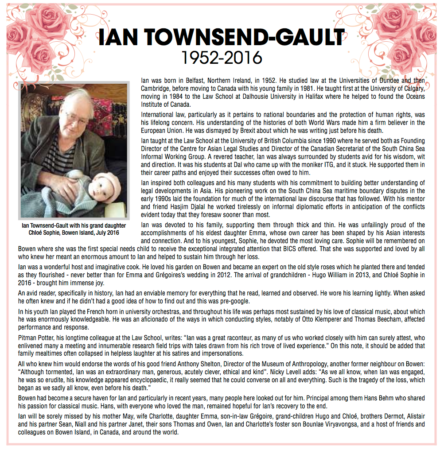Step 1: British comedian John Oliver produces an absurd segment about coal CEO Bob Murray:
In it, Oliver acknowledges Murray’s history of litigiousness toward critics and challenges him to do his worst.
Step 2: Murray sues Oliver for defamation in West Virginia circuit court
Step 3: As reported in Slate, Jamie Lynn Crofts of the American Civil Liberties Union of West Virginia files one of the world’s funnier legal documents in the form of an amicus brief to the court
As John Stuart Mill said about freedom of speech in general: “Strange it is that men should admit the validity of the arguments for free speech but object to their being ‘pushed to an extreme’, not seeing that unless the reasons are good for an extreme case, they are not good for any case”.
Political speech, news reporting, and satire all deserve special protection in the public interest. Hopefully this whole back and forth will discourage those who face criticism in the future from seeking to suppress it through the courts of a free society.

